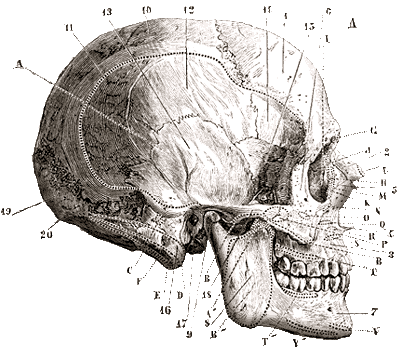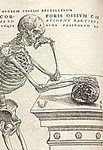Archaeometry 44, 3 (2002) 383–39T4h.
M. J. COLLINS, C. M. NIELSEN-MARSH, J. HILLER, C. I. SMITH and
J. P. ROBERTS
Fossil Fuels and Environmental Geochemistry (Postgraduate Institute), NRG, Drummond Building,
University of Newcastle, Newcastle upon Tyne NE1 7RU, UK
R. V. PRIGODICH
Chemistry Department, Trinity College, Hartford, CT 06106, USA
T. J. WESS
Department of Biological Sciences University of Stirling, Stirling FK9 4LA, Scotland, UK
J. CSAPÒ
Pannon Agricultural University, Faculty of Animal Sciences, Kaposvár, Hungary
A. R. MILLARD
Department of Archaeology, University of Durham, South Road, Durham DH1 3LE, UK
G. TURNER-WALKER
Faculty of Medicine, Norwegian University of Science and Technology, N-7491, Trondheim, Norway
If bone is considered as a composite of collagen (protein) and bioapatite (mineral), then three pathways of diagenesis are identified: (1) chemical deterioration of the organic phase; (2) chemical deterioration of the mineral phase; and (3) (micro)biological attack of the composite. The first of these three pathways is relatively unusual and will only occur in environments that are geochemically stable for bone mineral. However, because rates of biomolecular deterioration in the burial environment are slow, such bones would yield useful biomolecular information. In most environments, bones are not in thermodynamic equilibrium with the soil solution, and undergo chemical deterioration (path 2). Dissolution of the mineral exposes collagen to biodeterioration, and in most cases the initial phase of dissolution will be followed by microbial attack (path 3). Biological attack (3) also proceeds by initial demineralization; therefore paths 2 and 3 are functionally equivalent. However, in a bone that follows path 3 the damage is more localized than in path 2, and regions
equivalent to path 1 may therefore exist outside these zones of destruction. Other biomolecules, such as blood proteins, cellular lipids and DNA, exist within the physiological spaces within bone. For these biomolecules, death history may be particularly important for their survival.
KEYWORDS: BONE DIAGENESIS, COLLAGEN, OSTEOCALCIN, DNA, RACEMIZATION,
POROSITY, CHOLESTEROL
© University of Oxford, 2002
M. J. COLLINS, C. M. NIELSEN-MARSH, J. HILLER, C. I. SMITH and
J. P. ROBERTS
Fossil Fuels and Environmental Geochemistry (Postgraduate Institute), NRG, Drummond Building,
University of Newcastle, Newcastle upon Tyne NE1 7RU, UK
R. V. PRIGODICH
Chemistry Department, Trinity College, Hartford, CT 06106, USA
T. J. WESS
Department of Biological Sciences University of Stirling, Stirling FK9 4LA, Scotland, UK
J. CSAPÒ
Pannon Agricultural University, Faculty of Animal Sciences, Kaposvár, Hungary
A. R. MILLARD
Department of Archaeology, University of Durham, South Road, Durham DH1 3LE, UK
G. TURNER-WALKER
Faculty of Medicine, Norwegian University of Science and Technology, N-7491, Trondheim, Norway
If bone is considered as a composite of collagen (protein) and bioapatite (mineral), then three pathways of diagenesis are identified: (1) chemical deterioration of the organic phase; (2) chemical deterioration of the mineral phase; and (3) (micro)biological attack of the composite. The first of these three pathways is relatively unusual and will only occur in environments that are geochemically stable for bone mineral. However, because rates of biomolecular deterioration in the burial environment are slow, such bones would yield useful biomolecular information. In most environments, bones are not in thermodynamic equilibrium with the soil solution, and undergo chemical deterioration (path 2). Dissolution of the mineral exposes collagen to biodeterioration, and in most cases the initial phase of dissolution will be followed by microbial attack (path 3). Biological attack (3) also proceeds by initial demineralization; therefore paths 2 and 3 are functionally equivalent. However, in a bone that follows path 3 the damage is more localized than in path 2, and regions
equivalent to path 1 may therefore exist outside these zones of destruction. Other biomolecules, such as blood proteins, cellular lipids and DNA, exist within the physiological spaces within bone. For these biomolecules, death history may be particularly important for their survival.
KEYWORDS: BONE DIAGENESIS, COLLAGEN, OSTEOCALCIN, DNA, RACEMIZATION,
POROSITY, CHOLESTEROL
© University of Oxford, 2002













